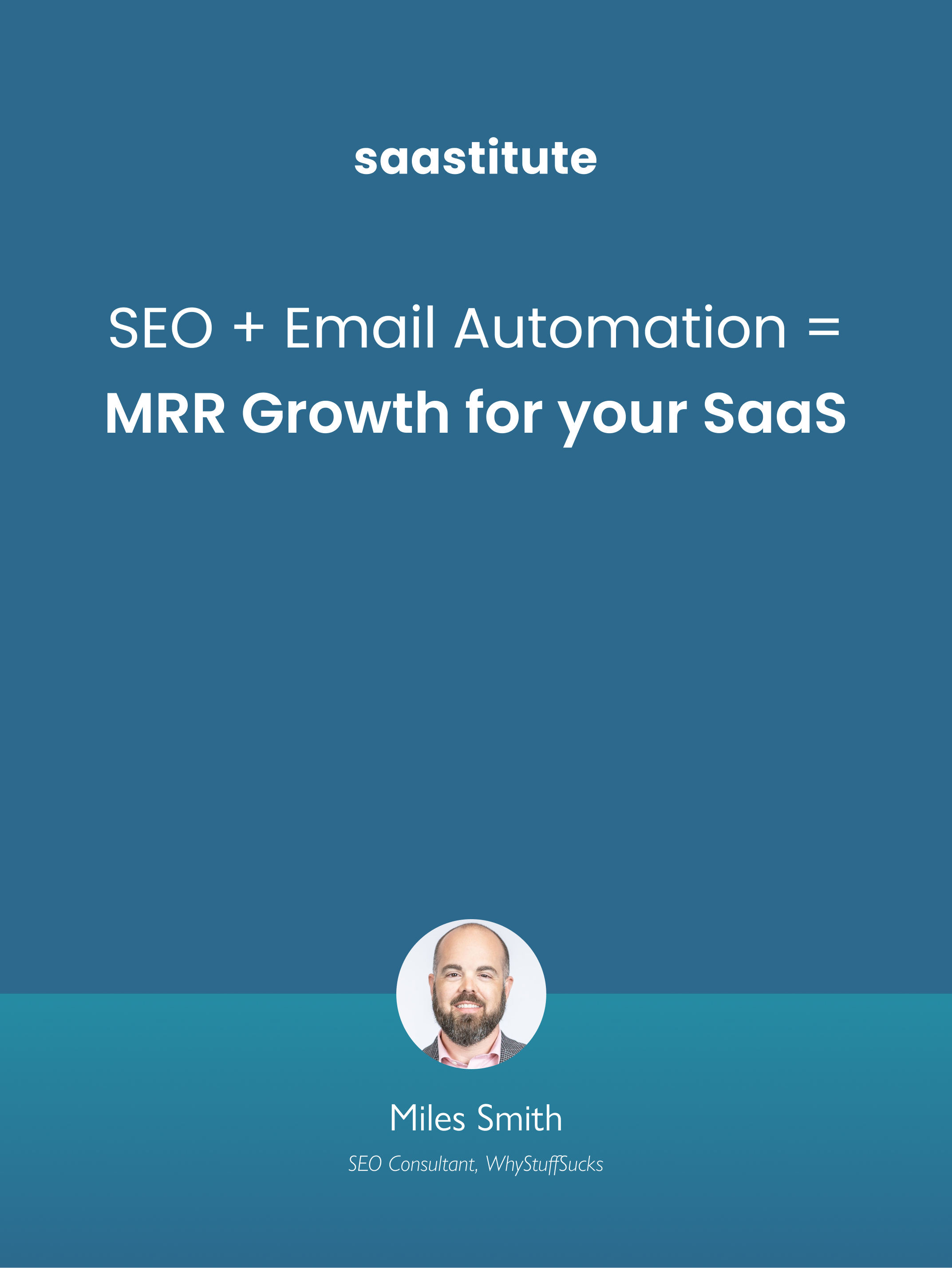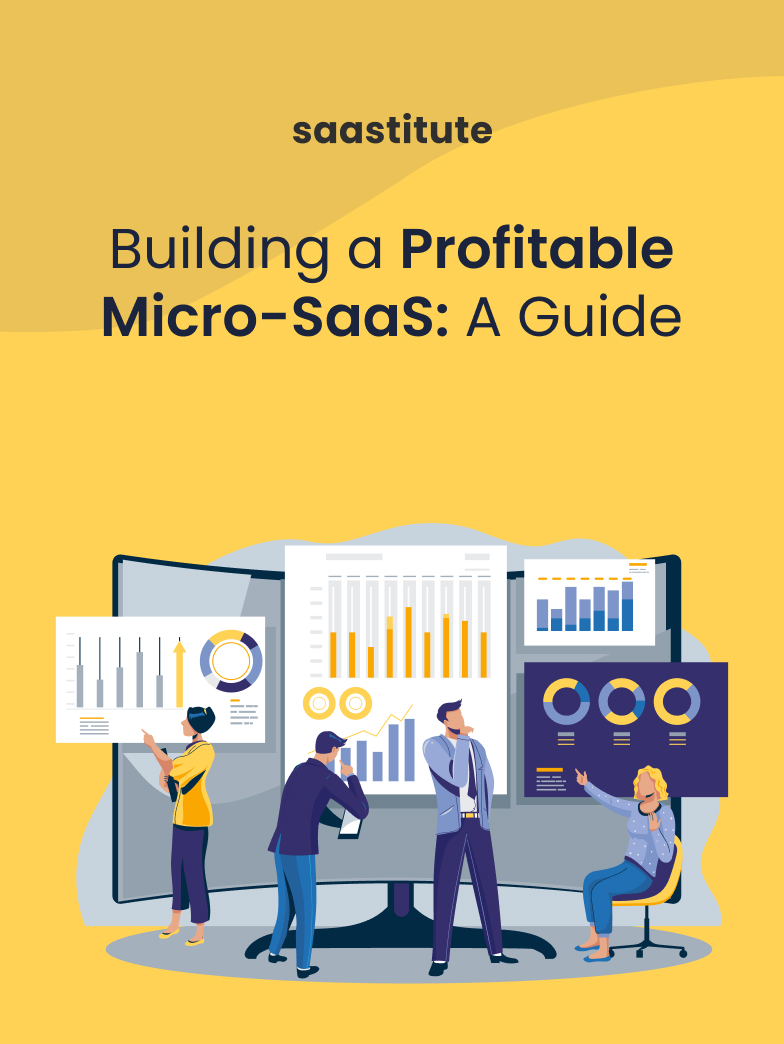How to Grow Your SaaS Business With Customer Segmentation
Organizing your customer base into different segments is essential if you’re looking to grow your SaaS. Read on for our top 3 picks on how to scale your business with customer segmentation.

Competition is tough in the digital world, especially if you’re a SaaS business looking to connect with your ideal customer. While finding the right pool of your target customer is hard, retaining them is harder. This is why if you’re a startup looking to upscale, one of the primary things you should be giving more thought to is your customer segmentation process.
While there are a variety of executions and marketing strategies that can help you achieve that, your customer segmentation strategy can help you reach the right touchpoints early in your process.
What is Customer Segmentation in SaaS?
Customer segmentation is when companies organize customers into segments based on a variety of factors. It can be as simple as the demographics, product usage, ideal customer profile, new areas of acquisition, behaviours, etc. One of the most interesting aspects of customer segmentation is that it can look different for different businesses, based on their current goals and acquiring processes.
In other words, the core role of a customer segmentation process is to help you acquire a 360-degree view of your customer’s needs, wants, and desires that are relevant to your product.
When done properly, this can prove to be an effective strategy in turning potential consumers into actual, loyal customers. Not only does it help you better understand them and provide the applications that they need, but also helps you personalize your offerings to them.
You might also like: 9 customer experience micro SaaS examples
What are the Benefits of Customer Segmentation?
Customer segmentation allows for better targeting. It relies on a rather simple principle: you can’t send out a non-personalized message to the general public and expect it to be relatable. Having specific people in mind when creating marketing executions can help make your message a lot more effective.
For example, if you want to reach out to customers with a certain lifestyle, you can integrate this into the advertisements you create. It’s also a lot easier to communicate when you have a particular type of audience in mind. This could give way to more customer engagement, which can help you connect with the people who use your products and services regularly. Moreover, it can help increase revenue as well. If you’re looking to create an impact with a single message in a snap, then segmenting the market correctly will do the trick.
Top 3 Tips for Creating the Right Customer Segmentation Strategy
1. The segments should be measurable
Recordkeeping is important when it comes to monitoring data. It helps with comparing and analyzing data, which are both needed in tracking research. This is why there has to be a way to measure each segment. You would be able to see which group is the strongest segment, the one with the most returns.
This may help with the creation of applications that serve strong demands. Being able to measure each segment will also allow you to see which group is not easily won by the different ad executions that the company provides. The data you get will likely be able to help in making vital decisions.
2. The segments should be addressable
As a company, you should be able to address these different people. Each one should have a general channel that they use. You can utilize these channels whenever you attempt to send your marketing message. It might be on websites or a specific social media platform—either way, there should be a way to reach them.
3. Follow the Common Approaches
- a. Customer Lifecycle Stages
Each customer approaches a product differently. There may be groups of customers who are unsure about the product, those who regularly choose it, and then ones who remain loyal. It is a useful way to segment customers as it ensures that almost everyone in the buying process is covered—you’d be more ensured that you’re not missing any group of people.
- b. Customer Traits and Characteristics
There are different characteristics that you can group people by. You can make use of trait-based segmentation to see similarities among consumers when it comes to age or gender. There’s also behavioral segmentation, which looks into how a person purchases certain products. You could even try psychographic segmentation and group consumers based on their lifestyle choices.
- c. Product Category
This type of segmentation works well for SaaS companies that offer a variety of products. Each product category may give information about the corresponding user characteristics or preferences that can be used to suggest future applications.
- d. By Customer Value
In looking at customer value, you could see right away that not all customers are the same. Some may buy products frequently, although this may show small purchases only. Others may spend a large amount of money on occasion only. It is up to the company to see which segment is the strongest, to know which one to cater towards.
Tea for the Road
In finding different strategies to bring consumers towards conversion, customer segmentation is an essential step. It helps companies to view their consumers not only as buyers of their products on paper but also as real-life people with specific needs.
Not being able to properly segment the market can lead to unclear marketing messages as well as overall confusion as to what your brand stands for. But if done right, companies can get to know their customers better. Of course, this isn’t the only step. There are many other strategies beyond segmenting the consumers. Nevertheless, it is a step that paves the way to better marketing decisions.
Read next: How to Improve SaaS Customer Retention with Content?














.svg)


